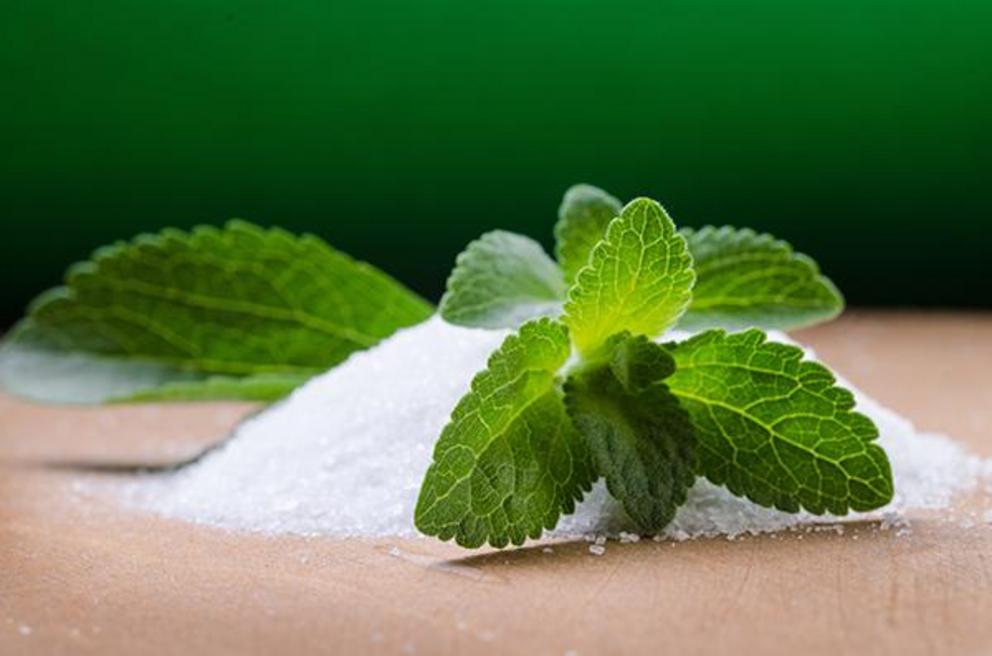Investigating the efficacy of suprol fraction-Nox complex from Stevia rebaudiana leaves against Type 2 diabetes
Researchers from Armenia investigated the mechanism of action of an NADPH-containing, superoxide-producing high-density lipoprotein called suprol found in the leaves of Stevia rebaudiana. The results of their study were published in the journal BMC Complementary and Alternative Medicine.
- S. rebaudiana is known for its various biological activities, which include anti-diabetic, antioxidant, and anti-inflammatory properties.
- Research suggests that superoxide and NADPH oxidase (Nox) are relevant targets involved in the biological activities of S. rebaudiana.
- The researchers hypothesized that the therapeutic efficacy of S. rebaudiana leaves is due to the activity of suprol.
- To confirm this, they first isolated and purified suprol from dried S. rebaudiana leaves and determined its specific content.
- They also studied the mechanism by which suprol produces superoxide radicals (O2-) in vitro. This mechanism involves the transfer of electrons — facilitated by transition metal ions like Fe3+ or Cu2+ — from the NADPH in suprol to molecular oxygen.
- The researchers found that Nox forms a stable complex with suprol. This was evidenced by the ability of the complex to discolor reagents like KMnO4 solution and Coomassie brilliant blue, restore nitrotetrazolium blue to formazan, and oxidize epinephrine to adrenochrome.
Based on these findings, the researchers concluded that suprol from S. rebaudiana leaves can modulate redox-regulated signaling pathways and may play a positive role in Type 2 diabetes via adrenaline oxidation.
Read the full article at this link.
Journal Reference:
Isoyan AS, Simonyan KV, Simonyan RM, Babayan MA, Simonyan GM, Chavushyan VA, Simonyan MA. SUPEROXIDE-PRODUCING LIPOPROTEIN FRACTION FROM STEVIA LEAVES: DEFINITION OF SPECIFIC ACTIVITY. BMC Complementary and Alternative Medicine. 25 April 2019;19(1). DOI: 10.1186/s12906-019-2500-1

